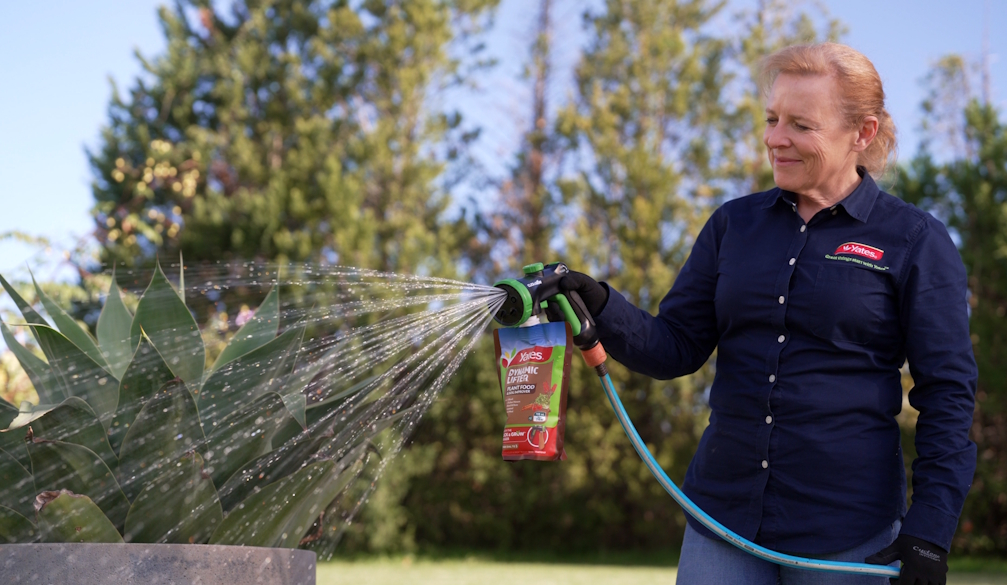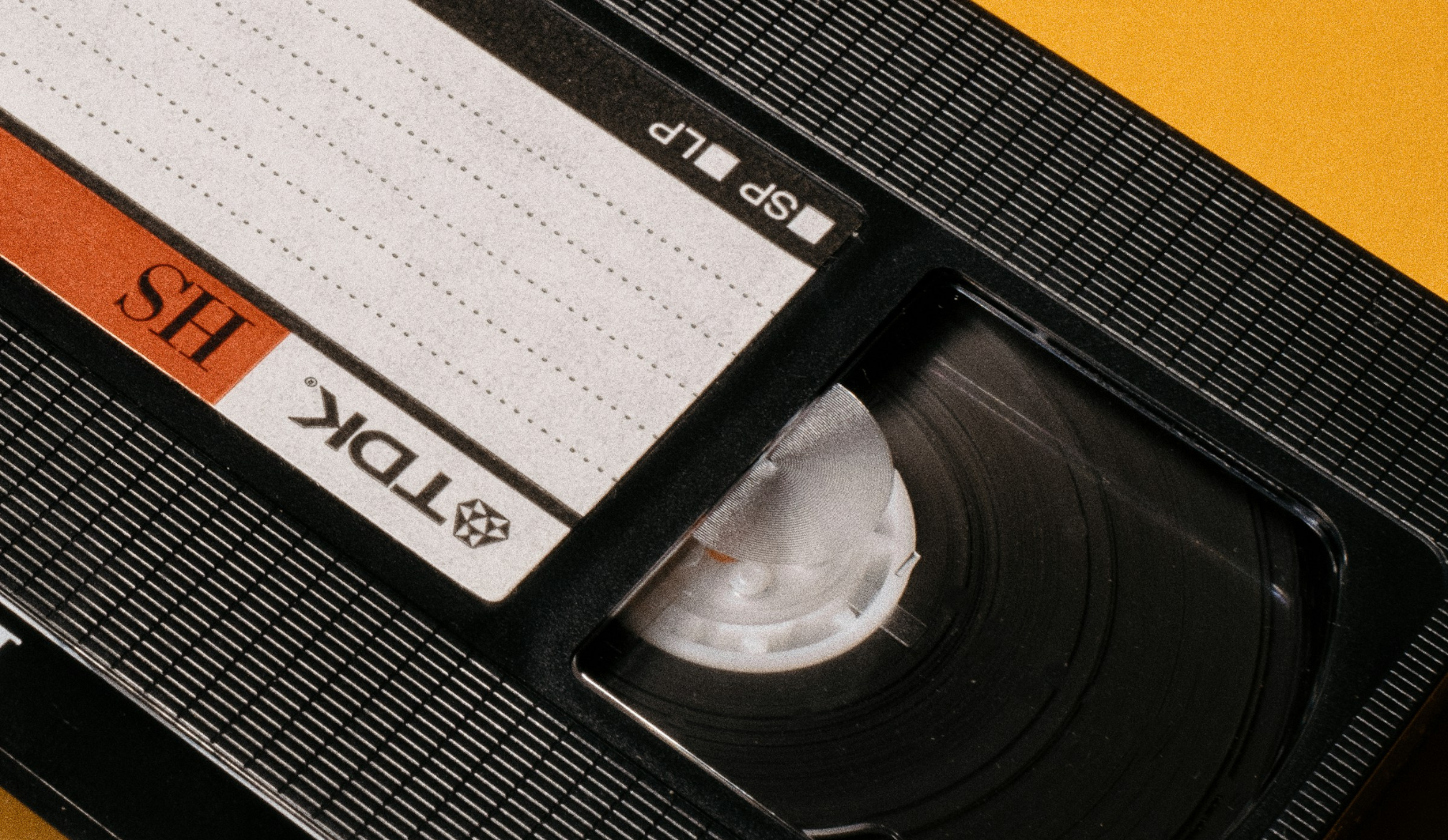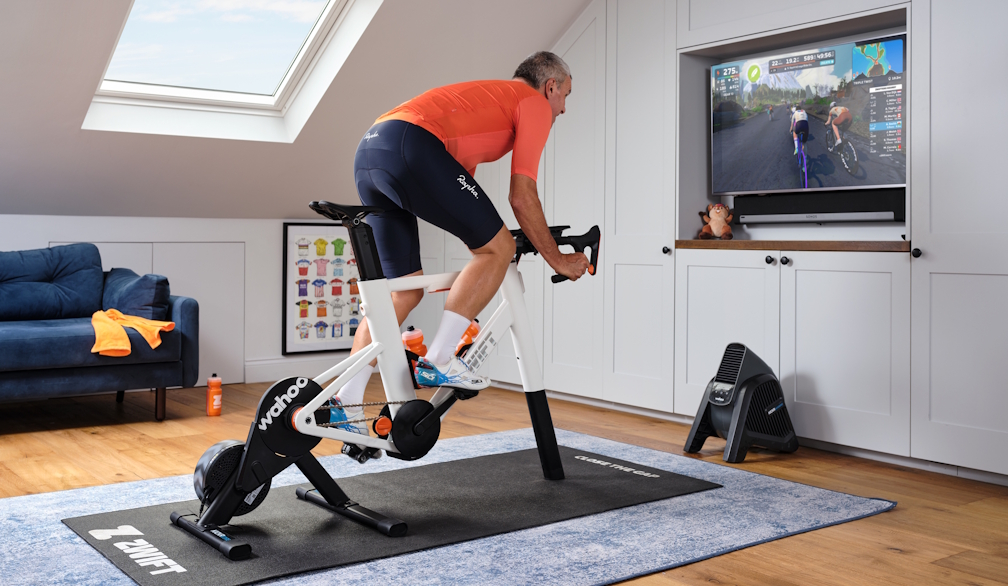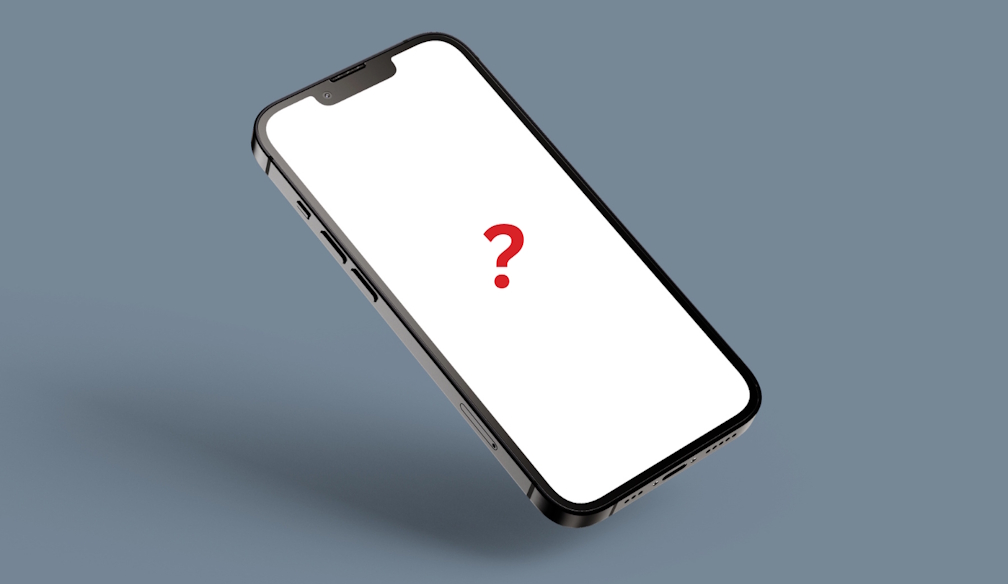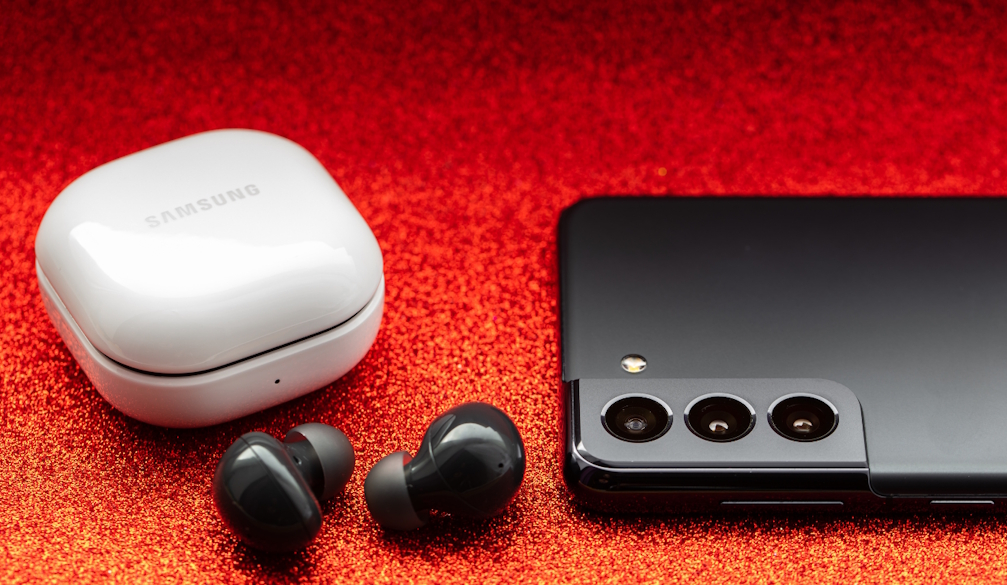How Email Marketers Can Use A/B Testing Beyond Subject Lines

A/B testing, also known as split testing, is a vital tool in every email marketer’s toolkit. It helps remove the guesswork from campaign creation by allowing marketers to experiment with different elements and compare performance. While most marketers default to testing subject lines which is a great start true optimization comes from testing elements beyond the inbox preview. There’s an entire email experience to refine, and those who embrace deeper A/B testing stand to gain far more insights and improved results.
Testing Sender Names to Build Trust
One factor that often goes unnoticed but has a tremendous impact is the sender name. Many subscribers will decide to open an email or not even before getting to the subject line. Assess whether using the company name versus a real person's name or both works better. For example, "Emily from BrightBox" may connect more and be more welcoming than "BrightBox." By testing sender names, you learn which persona resonates more with your audience and can improve open rates accordingly, thus cultivating trust and engagement for the long term.
Experimenting with Email Copy and Tone
Where the persuasion happens is in the email body. This is where you develop your message, build trust, and inspire your audience to act. Yet, the body copy is often left untested as people concern themselves with subject lines or visuals. To take your email to the next level for engagement potential and conversion, treat the email copy like it's static as if it's alive. There's only one time it should be alive, and that's through testing.
What you want to test is the word. You can test writing styles to see if tone and composition matter. A casual tone may resonate using colloquialisms, emojis, and humor may come off as relatable, appealing to a younger audience and more casual endeavors, giving your brand authenticity and an ease for connection. Yet for more serious endeavors or more serious industries finance and healthcare or with B2B enterprise technology a cut-and-dry professional tone works best; this shows authority and trustworthiness. Therefore, you can test these two tones against each other to find the best nuance.
Another key factor is copy orientation. Some subscribers will appreciate those that are short and to the point, only two or three lines stating the intention, while others will enjoy longer, more story-driven messages especially if they hook you in. Shorter copy can work well for quick sign-ups for flash sales or easy events; longer works when introducing new products, customer testimonials regarding your use of the product, or extended explorations of more complex ideas. A/B testing will show which works better and when.
You should also play around with copy layout. One can look like a traditional promotional email with a headline, subhead, bullet points, and a clear call to action; another can sound like a letter with each line following the next, more personal and casual. Emails that tell stories work especially well; if you can embed the product or the special offer into a real-life situation, it reads less like a commercial and more like a great suggestion. At the same time, however, some audiences appreciate a more direct and to-the-point approach without frills. Only testing can let you know which layout they'd prefer.
Ultimately, tone is also an emotional response trigger. Empathetic tone works best for sad times or very customer-oriented brands; excited, celebratory tone is best for milestones and sales. When the language aligns with how someone feels and their context and motivation, you're exponentially more likely to increase response rates and trust.
Ultimately, your copy should sound like a conversation, an anticipated and customized, relevant and human one, that is. By A/B testing tone, approach, structure, and length consistently, you'll learn so much more about what drives your audience. The more you learn about them, the better you'll be able to craft content that gets opened and then read and enjoyed enough to respond. Email copy that informs is good; email copy that connects is great and that connection fosters inspired responses for the long haul.
Analyzing CTA Placement and Wording
One of the most important features in any email exists to drive further action: the call-to-action (CTA). Without a CTA, the email is dead in the water. So when A/B testing email campaigns, in the subject line, in the above-the-fold section, in the body, at the bottom there's so much opportunity to see where it lands best. But it's not just placement that matters; it's what it says. A/B test small changes even "Get Started" vs. "Claim Your Offer" to see what drives more click-throughs. Companies may also realize that testing how the CTA element appears font color, font size, bolding, etc. increases clickability. Continual testing of placement, appearance, and language will help you refine and foster conversion.
Comparing Visual Elements and Layouts
Visual design is crucial in guiding how people read your email, subsequently compelling whether a call-to-action will be more engaged. With so many emails sent and received daily, an unappealing email will unlikely get read in its entirety to begin with. Thus, visual elements should be adjusted over time as part of A/B testing for enhancements in user experience and engagement metrics.
For instance, A/B testing related to visual design can show what's best for your audience. First, you might want to play with the framework itself. One email can have a large hero image at the top and only one call to action to create a cleaner aesthetic. Alternatively, you might want to go for a fragmented approach with multiple smaller images accompanying more text-heavy blocks of description that focus more in-depth on each section. The framework has a significant impact on reader engagement and how people connect with the overall message.
Imagery styles also play a significant role. Lifestyle images vs. flat designs vs. animated graphics vs. still images will offer a different emotional resonance and visual texture. By overlaying and testing these styles, one can determine which yields the highest engagement or greatest click-through rate. For example, a B2C online fashion retail company may find aspirational lifestyle images yield better conversions than still images, yet a B2B software as a service (SaaS) company may find that clear graphics or charts get to the point better and benefit from that editorial choice.
Typography and font sizing should also not be underestimated. Bigger, more legible fonts support mobile renderings and reduce reader friction. At the same time, the style of the font can almost subconsciously change the tone. Serifs may come off as more traditional and stuffy while sans serif offerings seem more modern and personable. Therefore, experimenting with styling and sizing helps to align your brand voice with public perception.
Colors need to be tested as well. Knowing what colors to apply can guide a person's eye to bright formatting, high-contrast CTAs to separate desired action versus a soft, gentle color palette for a more refined, sophisticated brand personality. Experimenting with background colors, button colors, or colors that provide emphasis for text might reveal which combinations lead to more clicks, time spent reading, or even response rates.
Visual testing is all about uniformity and exposure. Change one visual parameter at a time so you can specifically identify what made performance go up or down. Use heat maps or click maps to discover what piques interest and make sure to account for mobile capability in any test you're doing. Many people access emails from their phones, and what appears great to the naked eye on a laptop may fail on a smaller screen.
Using design A/B testing as a regular component ensures that, over time, you'll discover which design choices represent your brand to your specific audience. These discoveries make for better future campaigns, better KPAs, and better brand consistency. When design is made for effective use and psychological tendencies relative to your branding, this means not only do your emails look better, but they work better, too.
Evaluating Send Times and Frequency
If you're not sure when to contact your subscribers, that's something to test, too. An 8 a.m. Tuesday blast could yield entirely different results from a Friday afternoon send of the same email. Furthermore, the regularity of contacting subscribers cultivates a relationship or turns them off. A/B testing different send times and regularities helps you understand what's acceptable for your audience regarding interaction and what might be intruding. Using that information to formulate a revised strategy allows you to find a happy medium for engaging your audience without contributing to list fatigue or more unsubscribes.
Personalization vs. Generalization in Messaging
Personalization may be touted as a best practice and rightfully so but it doesn't always align with every campaign. A/B testing shows you how far to take personalization (or how not to take it at all). For example, you can send one version of an email that uses a subscriber's first name or calls out previously viewed products, and then another that's more generic. You'll find out if your audience responds better to a softer touch or if seeing specific recommendations outperforms general category mentions. That helps you learn how often and when to personalize without crossing the threshold into creepy territory.
Long-Term Testing for Lifecycle Campaigns
Many of the A/B tests that exist are for one-off emails, limited time offers, flash sales, and product releases. These are important to test and perfect, but A/B testing for your lifecycle email campaigns can go even further. Lifecycle email campaigns are those that are automatically triggered based on user behavior, welcome/onboarding flows, abandoned carts, post-purchase, and win-back. Since these email campaigns can run like a never-ending machine, small modifications can go a long way over time.
Furthermore, lifecycle emails are easier to test because they're a set-in-stone path, and the email flows go to users at certain times in their customer journey. This allows marketers to play with certain variables and measure outcomes against statistical significance. For example, you can test the timing of your first welcome email after someone joins your newsletter. Does an email sent one hour after signup drive more engagement than an email sent one day later? You can also test for the tone of your abandoned cart emails. Do customers respond better to a gentle reminder with social proof or a hard sell with a limited time offer?
Another aspect to experiment with is the placement and content of messaging in these emails. For an onboarding sequence, do customers remain longer if we send them product features first versus testimonials/use cases? In a re-engagement sequence, do we get better response rates with a "We miss you" open or an offer to save money for re-engagement? All of this can be tested, and the findings will be applicable not only to that one campaign but to your messaging efforts everywhere.
A/B testing for lifecycles is so effective because the results compound over time. Where a one-off promotional email goes out and is viewed once and then forgotten, a lifecycle email is received by new and existing users time and time again. Enhancing these emails will not just have good results for one specific time, it has long-term impact. Even the slightest change in click rates or conversion for an onboarding sequence will have a great impact on customer activation and long-term retention/revenue with thousands of contacts.
Plus, lifecycle testing results can impact other elements of your marketing. If you find some value prop works better higher up the funnel, that idea can be transported to your landing page copy or verbiage in paid advertising. If you discover a certain CTA style boosts reengagement, it may be something worth testing for that CTA style in your holiday campaigns as well.
Ultimately, lifecycle A/B testing is about being proactive instead of reactive. It allows marketers to polish the most critical components of customer interaction and ensure that not only are triggered messages sent, they're sent for a reason and with intention. Testing from timing to tone, language, and content encourages more robust automations that build relationships, foster loyalty, and create long-term success.





